Over the last two decades, we’ve observed a cultural shift in the next-generation workforce.
With the Internet becoming an integral part of life, socializing moving more and more into digital spheres, and an overwhelming number of new jobs requiring nothing more than a computer with a stable connection, working from home is slowly becoming the new norm.
Hiring In a Remote Era
Remote work is getting quite popular — with new companies, especially startups, often structuring themselves around it from the get-go. However, many older businesses have hesitated about taking this leap. Unfortunately for them, the issue created by the current pandemic has forced the entire world to adapt.
With this in mind, it’s no surprise demand for home-office jobs has skyrocketed.
This has put even long-standing, successful companies and brands in a sink-or-swim situation. Many of them needed to find a way to make jobs remote or risk losing their business.
As a result, we’ve seen millions of office jobs move into people’s homes and new hiring becoming almost exclusively remote.
The Challenges of a Remote Employee Onboarding Process
Onboarding is the favorite part of hiring for many HR workers.
After going through CVs, conducting interviews, making offers, and filling out paperwork, you’ve finally selected the right person. You’re excited to introduce your new colleague to the company.
Finally, you can speak more relaxed around them, tell them some fun company trivia, introduce them to lots of people, and more.
However, this time you’re doing it remotely as opposed to in person, and something doesn’t feel right.
Here are some common challenges you might encounter:
⦁ Feeling isolated
⦁ Lack of social interaction
⦁ Inability to show everything
⦁ Indirect contact
Feeling isolated
One of the best parts of onboarding is taking the new hire on a company tour.
Not being able to do so is possibly the biggest challenge with remote employee onboarding.
Walking around different departments can be very engaging, and it gives an overview of the company’s size and structure.
Your remote employee won’t feel the noise of a full warehouse, marvel at the office building, or enjoy the view from the top floor terrace.
Lack of social interaction
A scheduled online meeting taking place over a screen means only those invited will be present.
Unfortunately, there will be no exchanging words of encouragement with higher-ups you run into in the hallways.
No fun stories from veteran employees who you bump into.
No coffee break with future co-workers/teammates.
AppsCo One is a great onboarding partner. The features it provides can help you better connect with your new hire. It can help you explain the company overview, introduce them to their coworkers, explain and delegate their tasks, and more (we can elaborate on this part).
Indirect contact
This time around, there will be no handshake, eye contact, or a pat on the back.
Body language is limited to what can be seen on camera.
As a member of HR, you may not be able to directly observe important behavior.
You also won’t get a chance to set them aside and ease their nerves if necessary.
Inability to show everything
Let’s say your company works in cyber-security and you’re about to hire a new software engineer.
You can’t wait to show them your impressive server room.
However, you know that under no circumstances should you film and distribute videos or photos of that area.
Especially not through a 3rd-party meeting app.
At the least, this is a company protocol breach; at worst, it could give hackers targeting you an overview of your security.
Here Are 5 Tips To Make Improve Your Remote Employee Onboarding Process
It’s important to come up with a clear onboarding strategy. Different companies will have unique challenges, but here are 5 great universal tips to get you started:
1. Create a video introduction
Don’t just send a PDF of the company overview. Video introductions work best. Start by introducing yourself, and make sure to welcome your new hire by name. Create a short interview with the company director or department chief — have them explain company values, expectations, etc. Show footage of infrastructure, office buildings, different departments, production lines, and other important facilities. Create a brief history and geography lesson of how and when the company started, and contrast it to where is it now.
2. Show them an overview of the company structure
New employees must be taught how their role fits in the company. Showing the basic company tree with all the different CXOs is a common and boring approach. You should take this to the next level and introduce everyone to as much as you can. Yes, warehouse workers and software engineers should know each other. Retail staff across the country should know where the main office building is located and what it looks like. New managers should spend time getting to know frontline workers, and so on.
3. If you’re hiring multiple people, onboard them together
One of the worst feelings in a new working environment is alienation. Introducing new hires together helps them meet someone from the get-go. If you’re only hiring one person, ask someone from the same department, preferably the same position/team to join in on the introduction. If you can, assign them a work partner to learn from. Make sure they don’t go in on their first day not knowing anyone.
4. Make an interactive quiz
Since this is a remote onboarding process, you won’t have the means to engage everyone in an interactive group challenge. Quizzes are the next best way for people to have fun and learn at the same time. Don’t just involve new hires, if the CEO is in the conversation, they should be engaged, too. The questions should not, however, be structured like a test. People should not be afraid of giving the wrong answer. Instead, focus on fun facts. Some cool questions to consider are which city the company started in, what is their most sold product, how many registered users the service has, etc.
5. Use software to assist you
Applications such as AppsCo One can do plenty of work for you. Introduce your new hire to the app, help them register, and show them the features they will be using. Let them explore their dashboard to learn more about the company. Assign them some basic tasks to do, such as uploading a nice picture, to teach them about task delegation through the app. Show them how to manage their work schedule and track time on and off work.
Want to try our solution for better handling your employee onboarding process? Register today for FREE to learn how AppsCo One can help.




